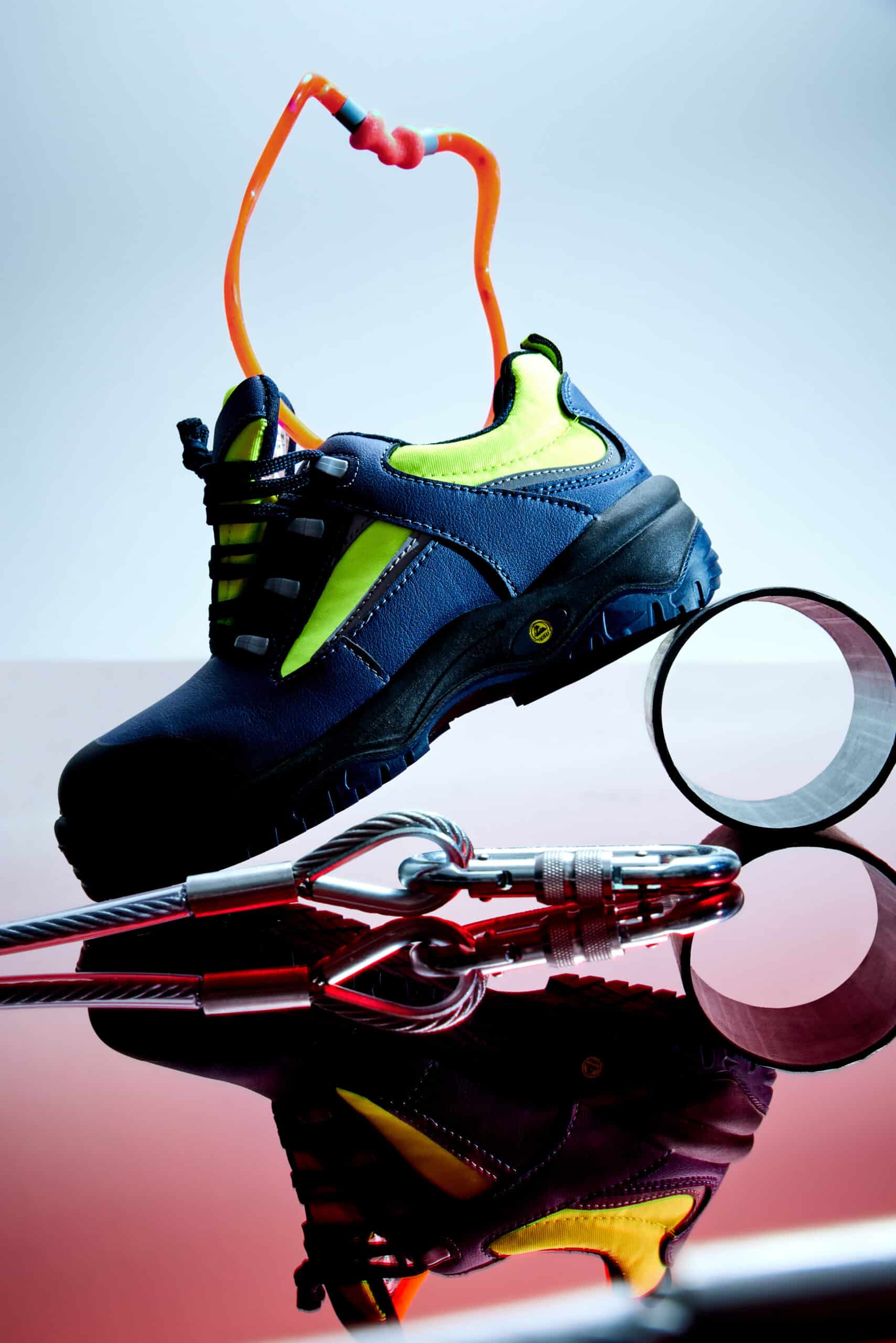Filter
Availability
Category
Color
Price
Features
Norms and standards
Heat-Resistant Gloves
Risk of Heat-related Injuries
Welding, soldering, and operating machinery are just a few examples of tasks that pose a risk of heat-related injuries to the hands. These types of injuries can be severe and can result in lost time, medical expenses, and even permanent disability.
Purpose of heat resistant gloves as PPE
To protect workers from these types of injuries, heat resistant gloves are an essential piece of PPE. These gloves are designed to be worn over the hands, providing a barrier between the skin and the hot materials or equipment. They are made from a variety of materials, including leather, aluminized fabrics, and aramid fibers like Kevlar, which have been chosen for their heat resistance and durability.
Key features of heat resistant gloves
One of the key features of heat resistant gloves is their level of heat resistance. This is measured by a standardized test, known as the ASTM F1060 test, which measures the ability of a material to resist heat. The test assigns a rating from 1 to 4, with 4 being the highest level of heat resistance.
Selecting the right pair
When selecting heat resistant gloves, it is important to consider the specific tasks that will be performed. Gloves with a higher level of heat resistance will be required for tasks that involve handling hot materials or equipment, such as welding, soldering, and operating machinery. For tasks that involve less risk of heat-related injuries, gloves with a lower level of heat resistance may be sufficient.
Fit and Comfort
Another important consideration is the fit and comfort of the gloves. Workers will be required to wear the gloves for long periods of time, and it is important that they fit properly and do not cause discomfort or irritation. The gloves should also be flexible enough to allow for a good range of motion and dexterity.
In conclusion, heat resistant gloves are an essential piece of PPE for workers. They are designed to protect the hands from high temperatures, thermal burns, and other types of heat-related injuries that can occur when working with hot materials or equipment. When selecting heat-resistant gloves, it’s important to consider the specific tasks that will be performed, the level of heat resistance required, the fit and comfort, and any additional protection required. Proper maintenance of gloves is also crucial to ensure they continue to provide the necessary level of protection.

Do you need advice?
Don’t hesitate to contact us!
Send an email
inquiries@scandiagear.com










